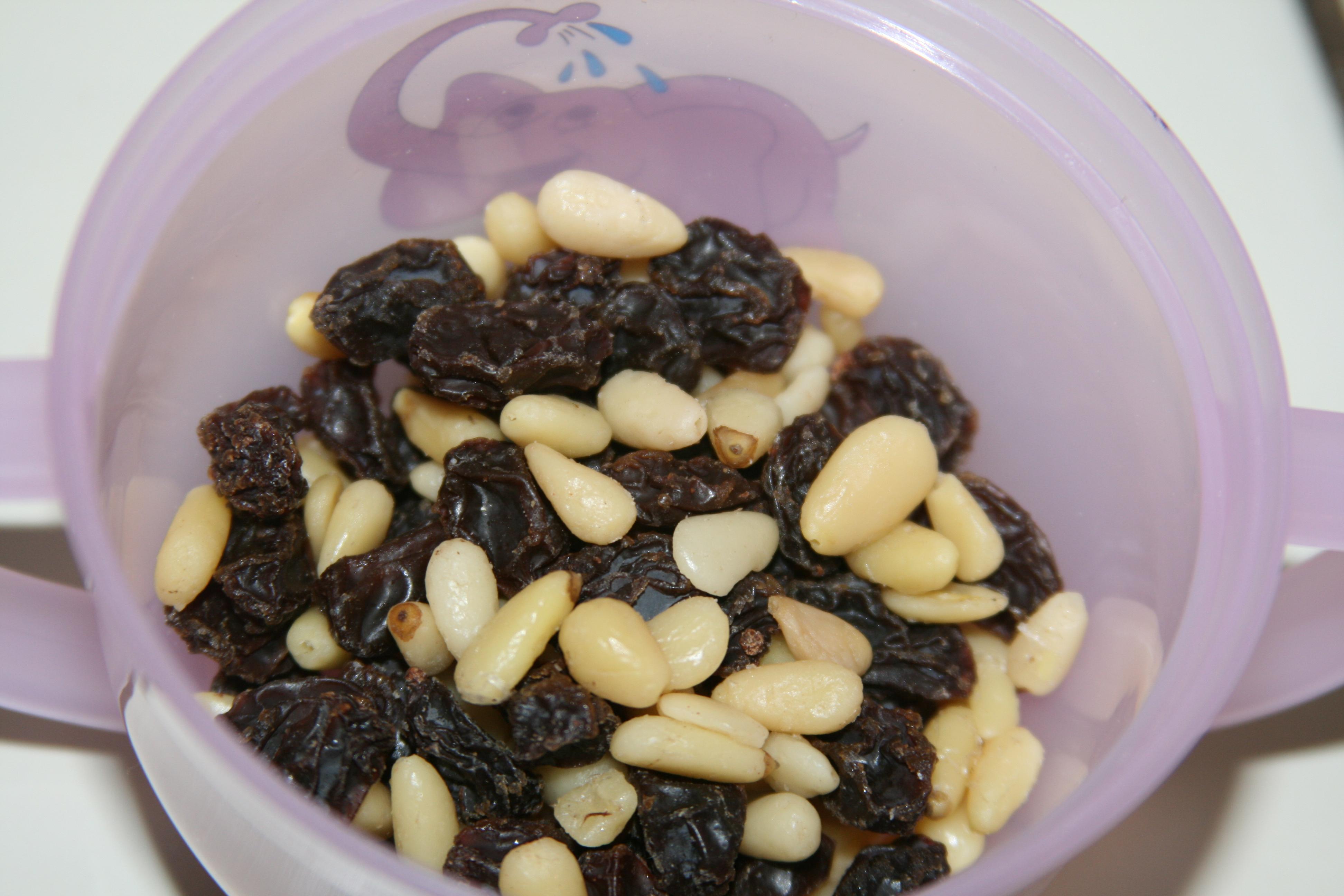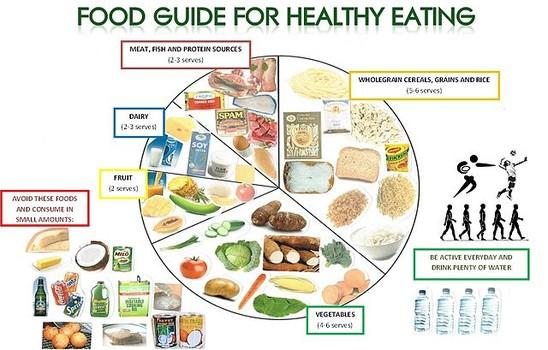In the world of culinary exploration, toddlers are the most adventurous travelers. With tiny hands reaching for new textures and taste buds eager for discovery, crafting a balanced diet plan for these young adventurers is both an art and a science. Navigating the delicate balance between nutrition and preference can feel like a daunting task, yet it is a journey worth embarking on. This article serves as your compass, guiding you through the essentials of creating a diet plan that nurtures growth, fuels curiosity, and cultivates healthy eating habits from the very start. Join us as we explore the colorful palette of foods that can help your toddler thrive, ensuring each bite is a step towards a vibrant and healthy future.
Nurturing Tiny Taste Buds: Essential Nutrients for Growing Toddlers
Crafting a balanced diet for toddlers involves a careful blend of essential nutrients that cater to their rapid growth and development. It’s crucial to include a variety of foods that provide the necessary vitamins, minerals, and energy. Here are some key components to consider:
- Proteins: Essential for muscle growth and repair, include lean meats, poultry, fish, beans, and lentils. These can be introduced in small, manageable portions to encourage easy digestion.
- Calcium and Vitamin D: Vital for bone health, incorporate dairy products like milk, cheese, and yogurt, or explore fortified plant-based alternatives.
- Fruits and Vegetables: Rich in vitamins and fiber, offer a rainbow of choices such as berries, bananas, carrots, and sweet potatoes to make meals visually appealing and nutritious.
- Whole Grains: Opt for whole-grain bread, pasta, and cereals that provide sustained energy and essential nutrients.
- Healthy Fats: Support brain development with sources like avocados, nuts, and seeds. Use these in moderation to avoid excess calorie intake.
By incorporating these elements into their meals, you ensure that your toddler receives a well-rounded diet that supports their overall health and development. Remember, variety is key, and it’s important to introduce new foods gradually to help them develop a palate for diverse flavors and textures.

Colorful Plates: Incorporating a Variety of Foods for Balanced Nutrition
When planning meals for toddlers, it’s essential to embrace a palette of colorful foods to ensure a well-rounded diet. Brightly colored fruits and vegetables are not only visually appealing but are also packed with essential nutrients. Consider including a variety of hues in their daily meals, such as vibrant reds from tomatoes or strawberries, deep greens from spinach or broccoli, and sunny yellows from squash or bananas. This approach not only helps in meeting nutritional needs but also encourages adventurous eating habits in young children.
- Red: Tomatoes, strawberries, red peppers
- Green: Spinach, broccoli, peas
- Yellow/Orange: Carrots, squash, bananas
- Blue/Purple: Blueberries, eggplants, grapes
- White: Cauliflower, potatoes, mushrooms
Incorporating a wide array of colors not only makes the plate more appealing but also ensures that toddlers get a range of vitamins and minerals crucial for their growth. To make meals more engaging, consider presenting these foods in fun shapes or combining them into creative dishes that highlight their natural colors. This strategy not only promotes balanced nutrition but also transforms mealtime into an enjoyable experience for both parents and toddlers.
Snack Time Solutions: Healthy Choices to Keep Toddlers Energized
Finding the perfect snacks for your little one doesn’t have to be a daunting task. By focusing on a mix of nutrient-dense foods, you can ensure your toddler stays energized and satisfied throughout the day. Incorporate a variety of flavors and textures to keep snack time exciting and nutritious.
- Fruits & Veggies: Slice up colorful fruits like bananas, berries, and apples, or offer raw veggies such as carrot sticks and cucumber slices. These are rich in vitamins and fiber.
- Whole Grains: Opt for whole-grain crackers or mini rice cakes to provide long-lasting energy.
- Protein Power: Include protein-rich options like hummus, cheese cubes, or yogurt for muscle and brain development.
- Healthy Fats: Avocado slices or a small portion of nut butter can add essential fats to their diet.
By combining these elements, you create a balanced snack time that not only keeps toddlers full but also supports their growth and development. Remember, variety is key, so don’t hesitate to mix and match these options to suit your toddler’s preferences.

Mealtime Magic: Tips for Encouraging Picky Eaters to Enjoy Balanced Meals
Transform mealtime into an adventure with these creative strategies that make balanced meals appealing to even the most discerning little palates. Begin by involving your toddler in the food preparation process. Let them pick out colorful vegetables and fruits at the grocery store, and encourage them to wash or arrange the ingredients at home. This involvement fosters a sense of ownership and curiosity about their meals.
- Colorful Plates: Use a rainbow of foods to create visually stimulating plates. Think bright carrots, green peas, and juicy red tomatoes.
- Fun Shapes: Employ cookie cutters to shape sandwiches, fruits, and veggies into fun, recognizable forms that spark interest.
- Mix Textures: Combine crunchy, soft, and chewy textures to keep meals interesting and engaging.
- Storytime Meals: Weave a story around the ingredients on their plate, turning each bite into part of an exciting narrative.
Remember, patience is key. Gradually introduce new foods alongside familiar favorites, and celebrate small victories when your toddler tries something new. By making meals interactive and enjoyable, you pave the way for healthy eating habits that can last a lifetime.








